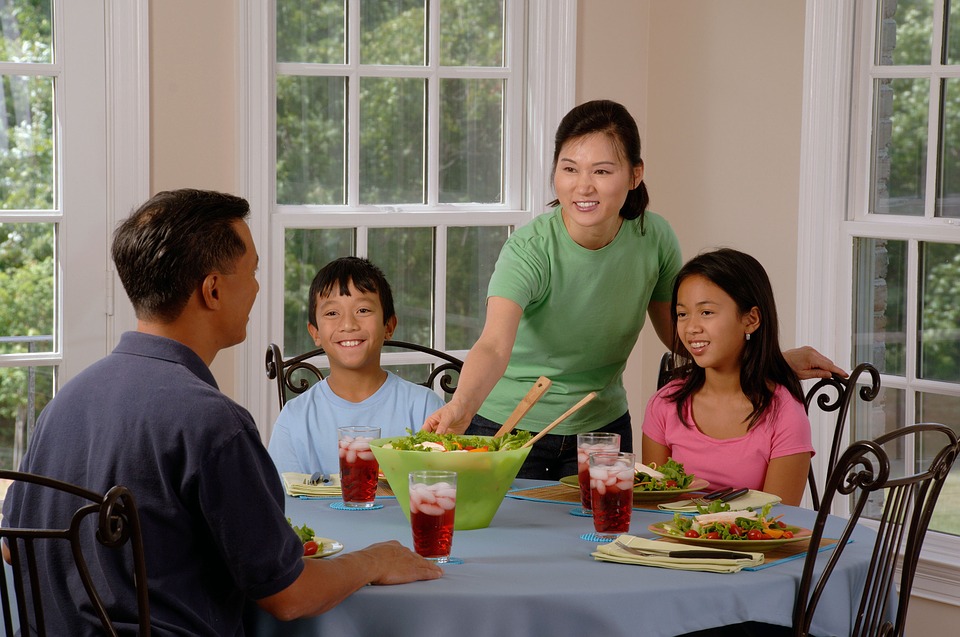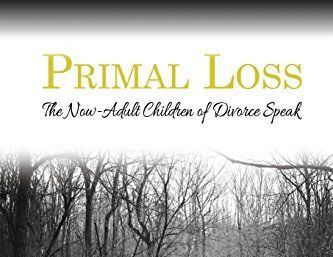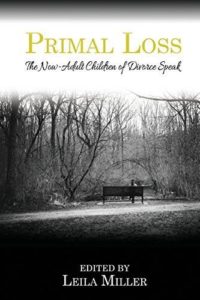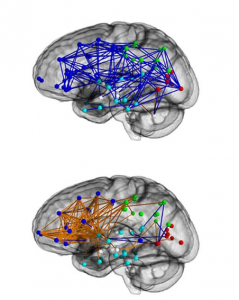 As a kind of follow-up from yesterday’s Gospel on marriage, we do well to ponder where our focus on marriage is, both personally and nationally.
As a kind of follow-up from yesterday’s Gospel on marriage, we do well to ponder where our focus on marriage is, both personally and nationally.
Finding our way back – Part of the essential work we must do in re-establishing a coherent vision for marriage rooted in tradition, Natural Law, and, for believers, Scripture, is to restore a proper reference point so that all the pieces of the discussion make sense.
What is this proper reference point? Marriage is essentially about children and what is best for them. It is not about civil rights; it is not about two adults being happy and fulfilled. If we use the proper starting point, a lot of other things begin to fall in place.
1. Marriage is a stable and lasting union – Children require 18+ years to come to maturity. A stable environment is obviously best for them. In too many cases, children are ferried back and forth between parents who are either divorced or never married in the first place. One weekend here, another there, one summer here, another there. The instability is devastating for children. Parents should seek, above all, to resolve their differences and stay married.
Living in a stable though imperfect home—and all homes are imperfect—is an important way that children learn values such as trust, commitment, forgiveness, tolerance, generosity, conflict resolution, love, loyalty, and integrity. It inculcates in them a sense of true marriage and family, knits together important family ties on a multigenerational level, and sets them up to be able to form strong families themselves when they are older. They also learn proper dynamics between men and women: how to treat and regard members of the opposite sex.
Those who simply claim that the traditional, stable family is no better or worse than other arrangement are ignoring what long human experience has taught us in this regard. Scripture affirms the value of a stable family when it speaks of a husband clinging to his wife (Gen 2:24, Matt 19:1ff inter al) and when Jesus forbids divorce (Matt 5, Matt 19, Mark 10 inter al). Marriage is about what is best for children, and as a rule, stability is best.
2. Marriage is the union of two heterosexuals – Though heterosexual relations are obviously necessary for procreation, that is not the main point here, for many homosexuals argue that they can adopt children. The central point here is what is best in raising them.
The fact is that children are best raised by a mother and father together. In terms of simple human formation, children are best raised with both male and female influences. There are things that a father can say to and model for his children that are properly and best done by a father. Likewise, there are things that a mother can say to and model for her children that are properly and best done by a mother. This is what nature herself provides in linking procreation to both a father and a mother. Situations in which there are two fathers, or two mothers, or just one parent, are not ideal for children. As a rule, it is best for children to be raised in a traditional family setting.
There are times when death or illnesses make the ideal setting impossible. There are exceptional circumstances in which a father or mother is unfit, but in general a traditional heterosexual marriage is the ideal environment for children. It is what nature herself has set forth and, for believers, it is what God has set forth. In cases in which a parent is missing from the family, it is essential for the remaining parent to provide opportunities for children to interact in a proper way with mentors of the missing sex. This can be accomplished with aunts, uncles, grandparents, and the like.
The bottom line is that traditional heterosexual marriage is optimal for children and their human formation. All other arrangements are less than ideal. To the degree possible, children should be raised in the optimal setting that nature and nature’s God have set forth.
When placing children for adoption, married heterosexual couples should have priority over single parents and homosexual couples. This is not bigotry, it is what is best for children. There is typically no difficulty finding homes for infants. Sadly, it is more difficult to find homes for older children, but married heterosexual couples should still generally speaking be favored.
Again, the important thing is what is best for children, not whether certain adults may be offended by perceived bigotry, or whether the approach is politically correct.
3. Traditional, heterosexual marriage should enjoy the favor of law and recognition – One of the great battle lines in the marriage debate has been that married couples enjoy certain favors under law such as tax advantages, inheritance rights, and hospital visitation privileges. Most people see some room for give on these sorts of matters. On a case-by-case basis, it may make some sense to allow, under civil law, a greater ability for Americans to legally enact a wider variety of arrangements for power of attorney, inheritance, and the like.
However, if what is best for children remains our starting point, then it also follows that traditional heterosexual marriage should enjoy some legitimate favors. Strengthening traditional marriage is a worthwhile goal for public policy. Some tax provisions encourage forming and keeping traditional families. Granted, the degree to which such proactive policies should go is debatable. Even among supporters of traditional marriage there are some who have a libertarian view when it comes to any government involvement.
In the end, whether through tax breaks, other laws, or simply through special recognition, a strong support of and advocacy for traditional marriage is proper and good, for whatever strengthens the traditional family is good for children. Whatever we can do as a society to uphold traditional marriage, insist on fidelity, limit divorce, and give special recognition and honor to these families is good for children.
This also is why legal recognition of other types of unions as “marriage” is problematic. To use the same term, “marriage,” both for traditional heterosexual marriage and for gay unions implies an equality that is not true. Gay unions are not on the same footing with traditional marriage because they are not what is best for children. Traditional marriage is what is best for children and it should enjoy an elevated status because of this. Using the same word for the two blurs this and traditional marriage loses the favor it should have and the recognition is it should receive.
That’s enough said for now, but remember the fundamental point: Marriage is essentially about children and what is best for them. When we use the welfare of children as our starting point, it is clear that traditional marriage is proper and best. This starting point challenges not only advocates of gay “marriage” but also sometimes those of traditional marriage, for not all those in traditional marriages have what is best for children in the forefront of their minds either. Too often couples do not work at their marriage to overcome difficulties; many are too quick to rush to divorce court. What is best for children often takes a back seat in our culture.





